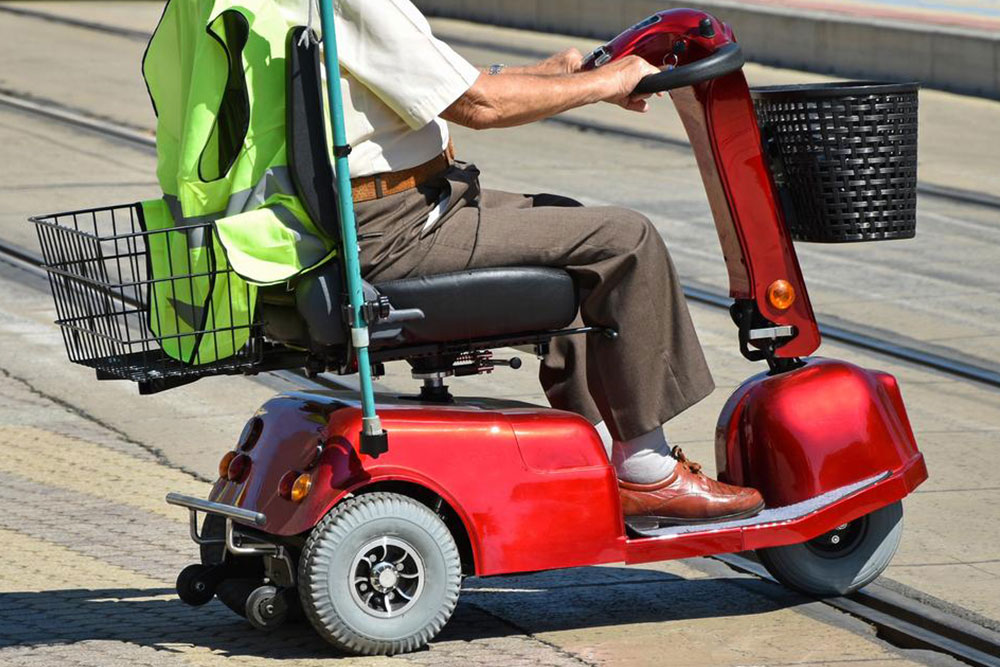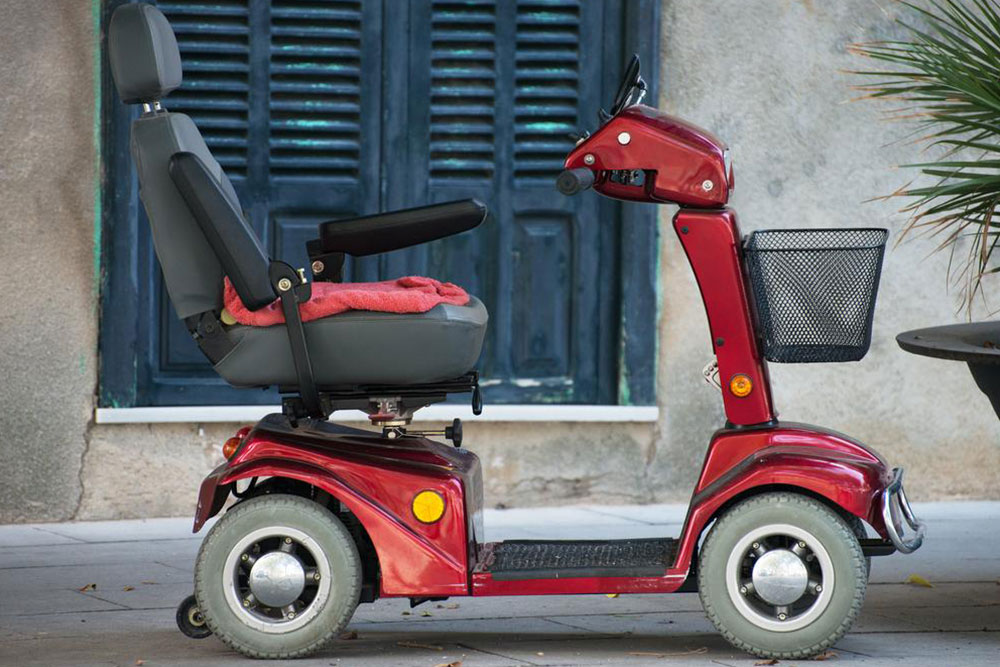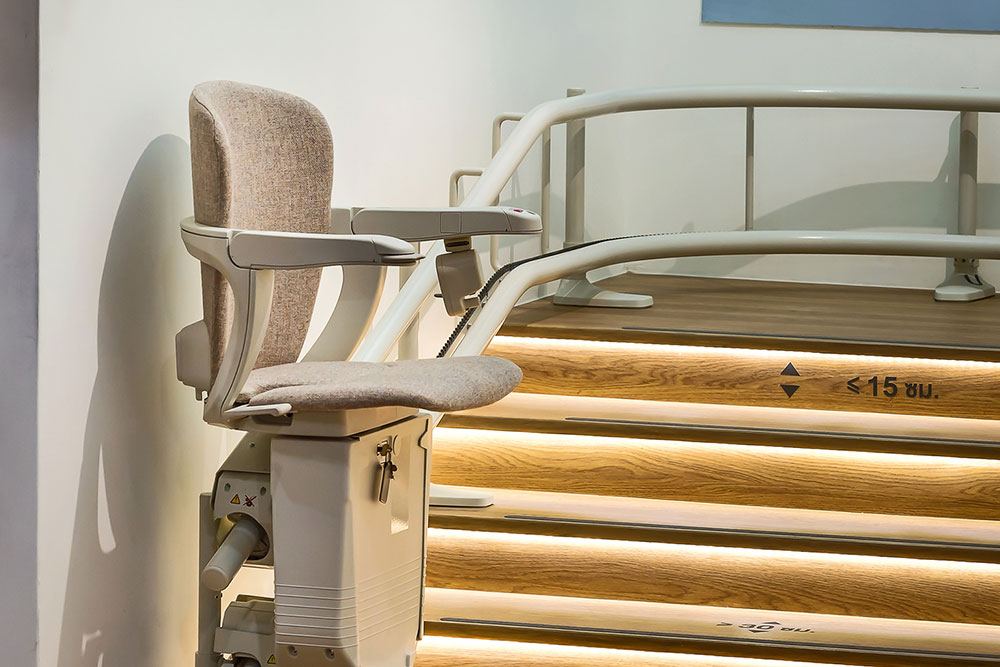Comprehensive Guide to Choosing the Perfect Electric Wheelchair for Your Mobility Needs
This comprehensive guide explores essential aspects of purchasing electric wheelchairs, including drive types, control systems, and features tailored to individual needs. Learn how to choose the perfect mobility aid to enhance independence and safety with expert tips and considerations for indoor and outdoor use, ensuring users find the ideal fit for their lifestyle and physical conditions.

Comprehensive Guide to Choosing the Perfect Electric Wheelchair for Your Mobility Needs
Electric wheelchairs, also known as powered or motorized wheelchairs, have revolutionized mobility solutions for individuals with physical limitations that hinder manual wheelchair operation. These advanced mobility aids provide independence, convenience, and enhanced quality of life for users who face challenges with upper body strength or arm mobility. Whether for everyday short trips around the house or outdoor adventures, selecting the right electric wheelchair requires understanding various features, types, and considerations to ensure optimal comfort and performance.
An electric wheelchair can significantly reduce caregiver burden by offering a self-propelled means of transportation, eliminating the need for manual pushing. Battery-powered and designed for versatility, these wheelchairs can be used both indoors and outdoors, fitting a wide range of lifestyles and environments. The diversity in models and configurations ensures there’s an ideal fit for every individual’s specific needs, preferences, and physical abilities. This comprehensive guide aims to provide detailed insights into the key factors to consider when purchasing an electric wheelchair, including design options, drive types, control systems, and safety features.
Modern electric wheelchairs are thoughtfully designed with user convenience in mind. Features such as foldability facilitate easy transportation and storage, making travel and outings more accessible. The primary drive types are categorized into front-wheel, mid-wheel, and rear-wheel drive, each offering unique benefits suited to different environments and user requirements.
Among these, rear-wheel drive electric wheelchairs are highly recommended for users seeking stability and versatility. They typically deliver higher speeds, a larger turning radius, and the capacity to handle more weight. These features make rear-wheel drive models particularly suitable for outdoor terrains, inclines, and varied surfaces, providing users with confidence and independence in diverse settings.
Mid-wheel drive models are primarily designed for constrained indoor environments. Their compact size and tight turning capabilities make them ideal for navigating through narrow hallways, crowded spaces, and small rooms. These models usually feature six wheels—two larger front wheels and four smaller ones surrounding the mid-wheel drive mechanism—ensuring excellent maneuverability in tight indoor spaces.
Front-wheel drive electric wheelchairs are an excellent choice for outdoor use, especially on uneven or rugged terrains. Their large front-mounted wheels enable smoother navigation over obstacles, gravel, and grass in outdoor settings. However, users should exercise caution at high speeds, as the larger front wheels can increase turning radii, making sharp turns more challenging.
Control systems are a critical component of electric wheelchairs, directly impacting user comfort and safety. Unlike manual wheelchairs operated by pushing rims or handles, electric models are controlled via intuitive mechanisms such as joysticks or advanced switches. Some models feature sip-and-puff control systems, which utilize breath control for users with limited hand mobility. These controls are typically located on the armrest for easy access, and selecting the proper system should be done in consultation with healthcare professionals or physical therapists.
Before making a purchase, assessing the user’s overall health condition and driving capabilities is essential. Users should have sufficient vision, depth perception, and cognitive ability to operate the controls safely. It’s also important to consider the user’s physical size and weight to select a model with the appropriate capacity and comfort features. Ensuring that the user is comfortable with the control system through trial testing can help prevent accidents and improve overall satisfaction with the wheelchair.
Additional factors to consider include battery life, charging time, weight of the wheelchair, and maintenance requirements. Long-lasting batteries with quick charging capabilities are preferable for frequent users. The wheelchair's weight significantly impacts portability, especially if the user needs to transfer it into vehicles regularly. Regular maintenance and check-ups ensure the wheelchair remains reliable and safe to operate over time.
In summary, choosing the right electric wheelchair involves a comprehensive evaluation of the user’s needs, environment, and physical capabilities. By understanding the different drive types, control systems, and features available, potential buyers can make informed decisions to enhance mobility, independence, and overall well-being. Consulting with healthcare providers and professional mobility specialists can further facilitate selecting a model that offers optimal comfort, safety, and functionality for a variety of lifestyles.





